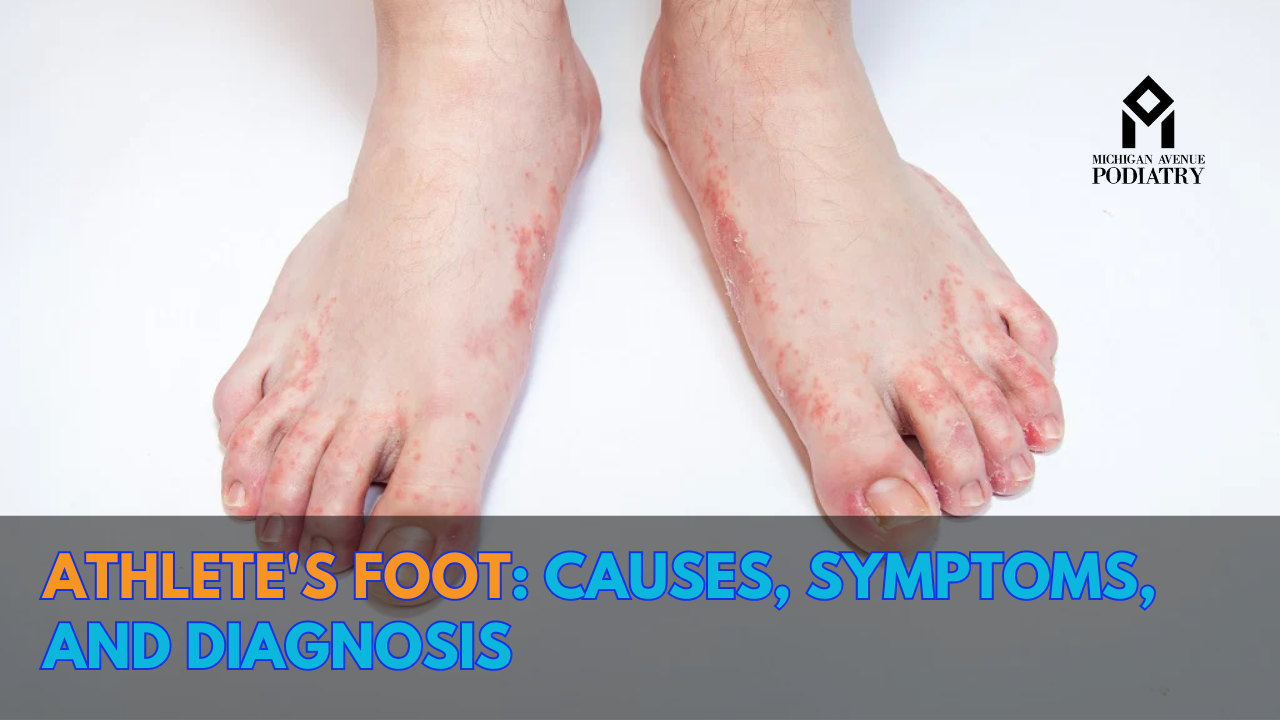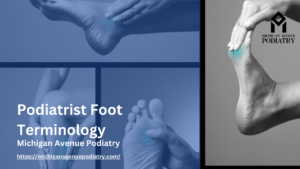An athlete’s foot, also known as tinea pedis, is a common fungal infection that affects the skin of the feet. Despite its name, athlete’s foot can affect anyone, not just athletes. This condition is characterized by itching, burning, and cracked, peeling skin, often between the toes. Understanding the causes, recognizing the symptoms, and obtaining an accurate diagnosis are essential steps in effectively managing an athlete’s foot. In this article, we will explore the causes, symptoms, and diagnosis of an athlete’s foot, along with the most effective treatment options, with a focus on the expertise of podiatrists, or foot doctors, in managing this condition.
Causes of Athlete’s Foot:
Athlete’s foot is caused by a group of fungi known as dermatophytes, which thrive in warm, moist environments such as locker rooms, public showers, and swimming pools. These fungi can spread through direct contact with contaminated surfaces or by sharing towels, socks, or shoes with someone who has the infection.
Several factors increase the risk of developing athlete’s foot, including wearing tight-fitting shoes, sweaty feet, having a weakened immune system, and walking barefoot in public areas where the fungus may be present.
Symptoms of Athlete’s Foot:
The symptoms of athlete’s foot can vary from person to person, but common signs include:
- Itching and burning sensation between the toes, especially after removing shoes and socks.
- Redness and inflammation of the affected skin.
- Peeling, cracking, or scaling skin, often in a circular or irregular pattern.
- Blisters or ulcers that may ooze fluid or become crusted.
- A foul odor emanating from the feet.
In severe cases, an athlete’s foot can spread to the soles of the feet and toenails, leading to additional complications such as fungal nail infections.
Diagnosis of Athlete’s Foot:
Diagnosing an athlete’s foot typically involves a physical examination of the affected area by a healthcare professional, such as a podiatrist or foot doctor. The healthcare provider will examine the skin for characteristic signs of the infection, such as redness, scaling, and fissures between the toes.
In some cases, the healthcare provider may perform additional tests, such as skin scrapings or cultures, to confirm the presence of fungal infection and rule out other conditions with similar symptoms, such as eczema or psoriasis.
Treatment Options for Athlete’s Foot:
The treatment of athlete’s foot aims to relieve symptoms, eradicate the fungal infection, and prevent recurrence. The most effective treatment options may include:
- Topical Antifungal Medications: Over-the-counter antifungal creams, sprays, or powders are often the first line of treatment for mild to moderate cases of athlete’s foot. These medications contain active ingredients such as clotrimazole, miconazole, or terbinafine, which help eliminate the fungus responsible for the infection.
- Oral Antifungal Medications: In cases of severe or recurrent athlete’s foot, oral antifungal medications may be prescribed by a healthcare provider. These medications, such as terbinafine or fluconazole, work from within the body to eradicate the fungal infection. Oral antifungal therapy may be recommended for several weeks to achieve complete clearance of the infection.
- Keeping Feet Clean and Dry: Practicing good foot hygiene is essential for preventing and managing athlete’s foot. This includes washing the feet daily with soap and water, thoroughly drying the feet, especially between the toes, and wearing clean socks made of breathable materials such as cotton or moisture-wicking synthetic fibers.
- Avoiding Triggers: Individuals with athlete’s foot should avoid wearing tight-fitting shoes or synthetic socks, which can trap moisture and promote fungal growth. It’s also advisable to wear sandals or flip-flops in communal areas such as locker rooms and showers to reduce the risk of exposure to the fungus.
- Seeking Professional Advice: If over-the-counter treatments fail to improve symptoms or if athlete’s foot recurs frequently, individuals should consult a healthcare professional, such as a podiatrist or foot doctor, for further evaluation and management. A healthcare provider can prescribe stronger antifungal medications or recommend additional treatments to address the infection effectively.
Conclusion:
Athlete’s foot is a common fungal infection that can cause discomfort and inconvenience if left untreated. By understanding the causes, recognizing the symptoms, and obtaining an accurate diagnosis, individuals can take proactive steps to manage this condition effectively. With the guidance of healthcare professionals, such as podiatrists or foot doctors, individuals can access the most appropriate treatment options to alleviate symptoms, eradicate the fungal infection, and prevent recurrence. Practicing good foot hygiene, wearing breathable footwear, and avoiding shared spaces where the fungus may thrive are essential strategies for preventing athlete’s foot and maintaining healthy feet. If you suspect you have athlete’s foot or experience persistent foot problems, don’t hesitate to seek professional advice for personalized care and treatment.




